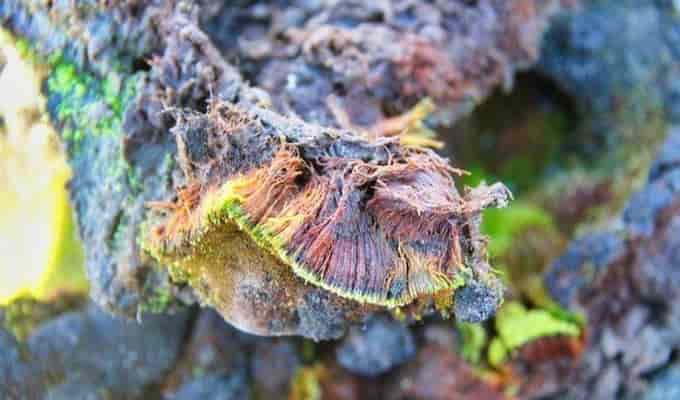Bringing laurels for the country, scientists from India have discovered a new moss species. What is remarkable is that it has not been discovered here but in far off Antarctica.
The team of scientists are from the Central University of Punjab, and they made this discovery of the new species in eastern Antarctica. It took scientists five years to confirm this discovery.
The team of the discoverers have named the moss species as Bryum bharatiensis. It is named after one of India’s research stations in Antarctica, Bharat.
The Bharat station takes its name from the Hindu Goddess, Bharati, who is known as Saraaswati.
Reporting about this BBC has stated that the moss discovered by the Indian scientists has been peer reviewed, and also accepted by the Journal of Asia-Pacific Biodiversity. This journal is one of the leading ones in the world.
It was in 2017 that the scientists had found this moss species during an expedition to Antarctica. Following the discovery, they spent five years sequencing and comparing the moss DNA with other plants.
What makes this discovery indeed special is that it is the first time that India has found a new plant species after the setting of the research station in 1984.
Felix Bast, was a member of the expedition that spent six months in the continent and found the dark-green species. At the Central University of Punjab, Bast heads the Department of Botany and he was quoted by the Indian Express about the species and its discovery.
“The sampling was done in January, that is during the summer season in Antarctica. The 1.5- to 3 cm-long moss was seen growing in patches at several sites near the Bharati station. The spores of this moss remain dormant and survive severe winters.”
The species was located at the continent’s Larsemann Hills area, near the Bharati station in January 2017.
What still puzzles the scientists, is how this plant survives the harsh climate during the winters in the continent.
According to them, it is likely that the moss “dries up to a dormant stage, almost to a seed” at this time. It germinates again when summer comes during September when they begin getting sunlight again. From the melting snow during summer, the dried-up moss absorbs water.
Another unlikely source that could possibly help in the growth of the moss is excreta of the penguins.
Growing mainly in areas where the penguins gather and breed in large numbers, the moss probably survives on their excreta. The excreta which contains nitrogen and doesn’t decompose because of the climate helps in the survival of the moss, said Bast to the BBC.
Bast made a pertinent remark about how Antarctica is changing. He said: “Antarctica is getting greenified. Many temperate species of plants that previously could not survive in this frozen continent are now seen everywhere because of the warming up of the continent.”
Describing being part of the team that went for the expedition to Antarctica as a huge privilege, Bast said: “To be part of a six-month-long arduous Indian Antarctic mission itself is a huge privilege. At a personal level, this discovery is the fruit of this scientific mission.”
From this frozen continent, so far more than 100 moss species have been discovered and documented.



















